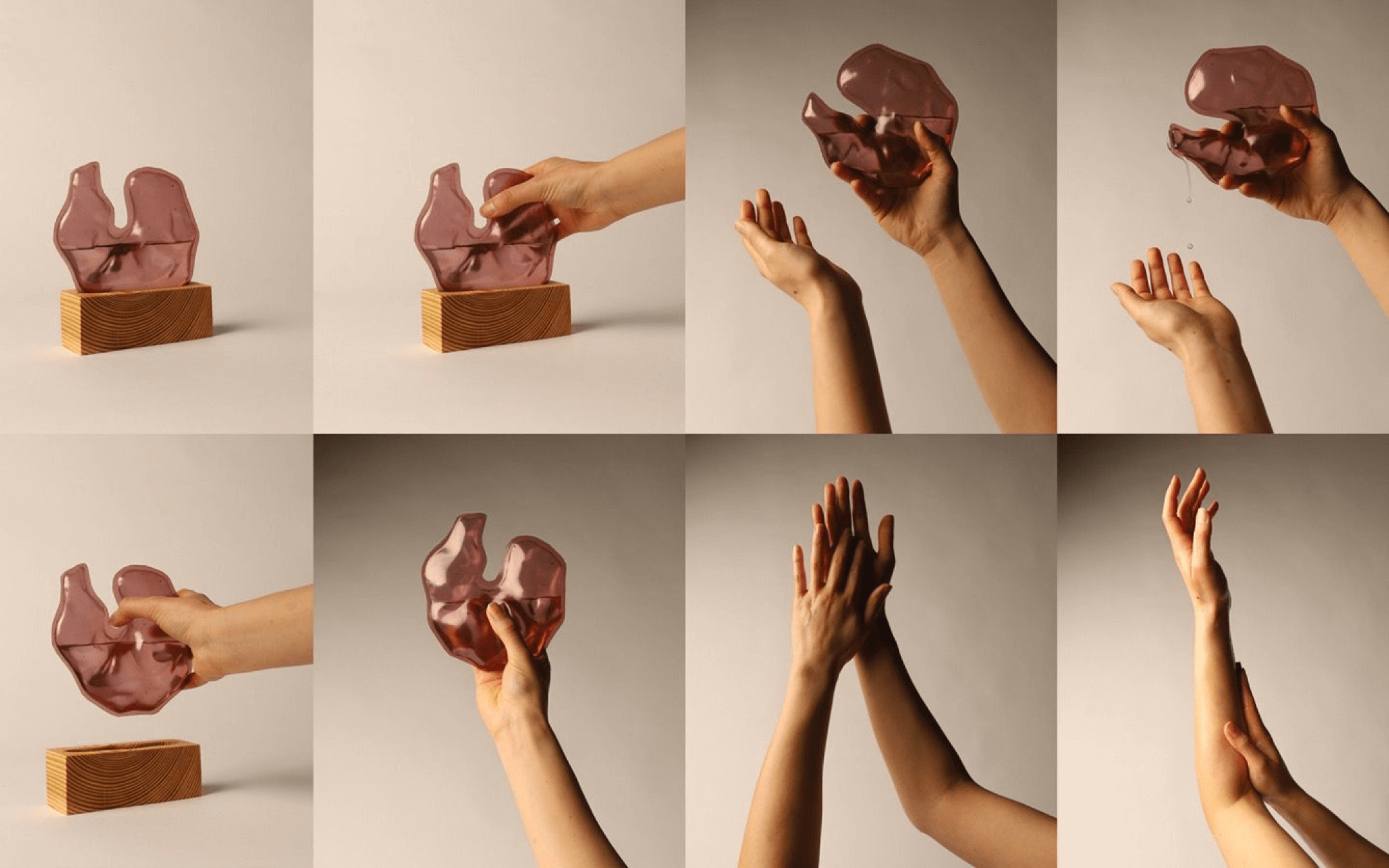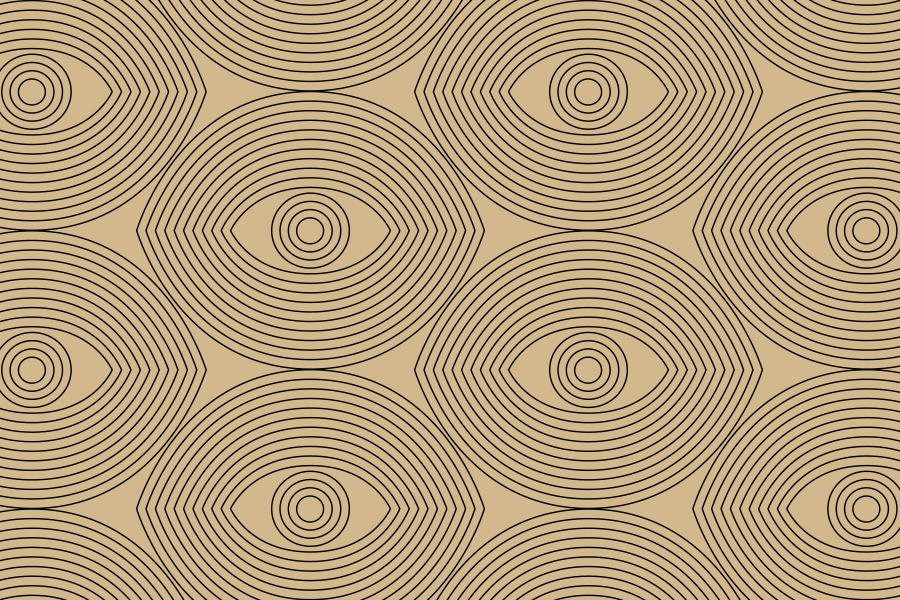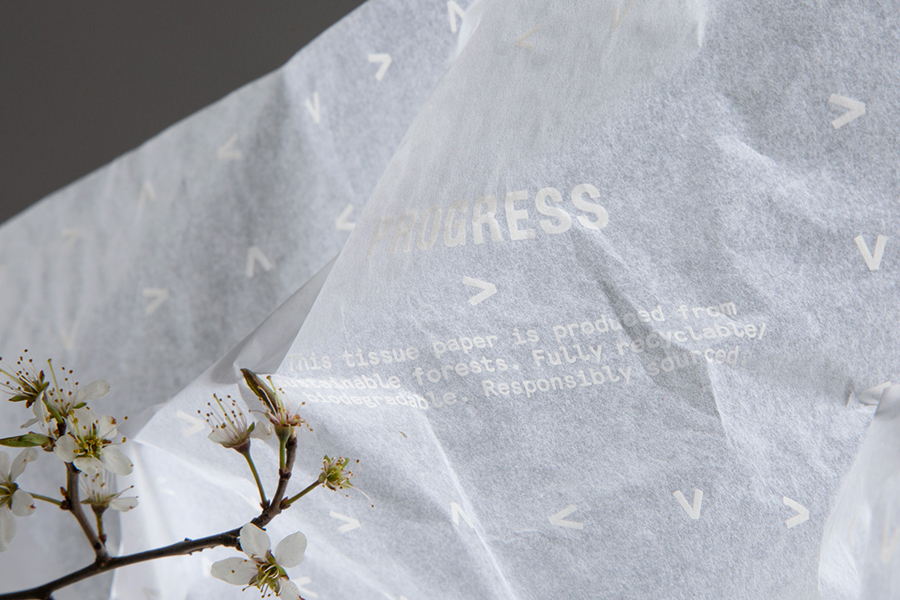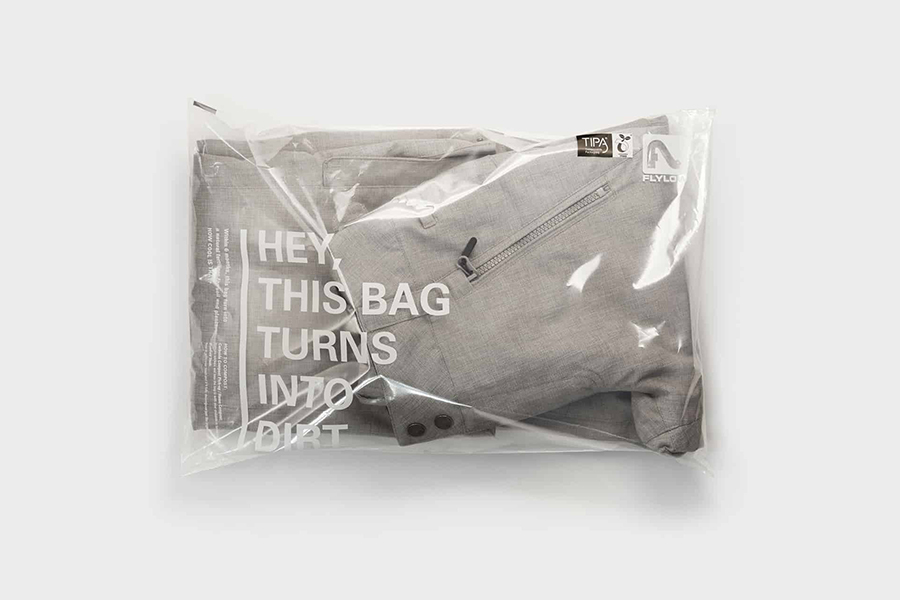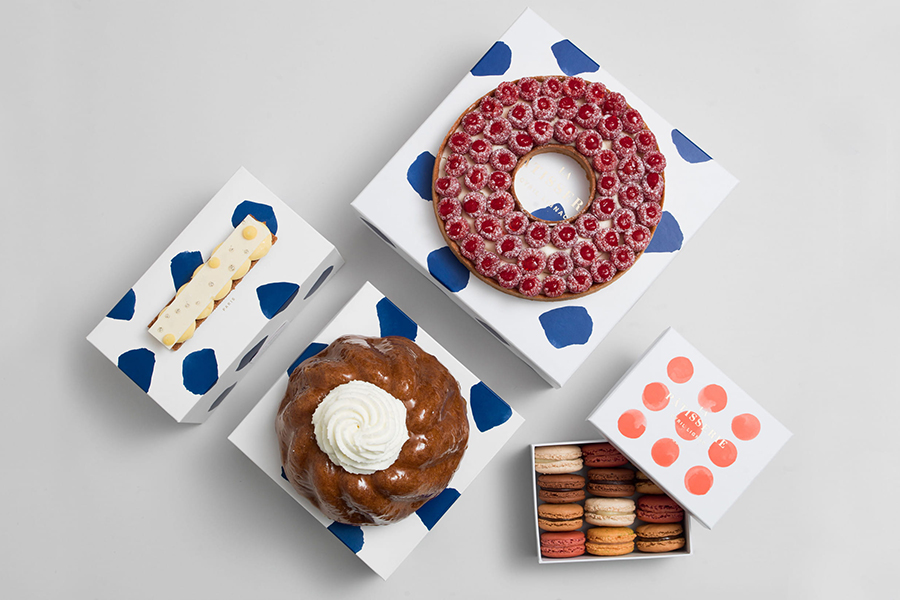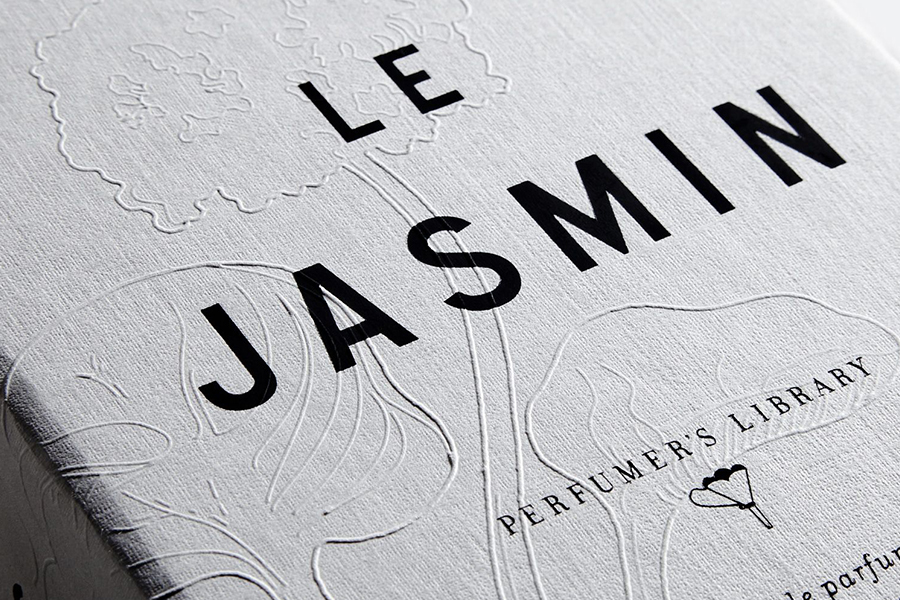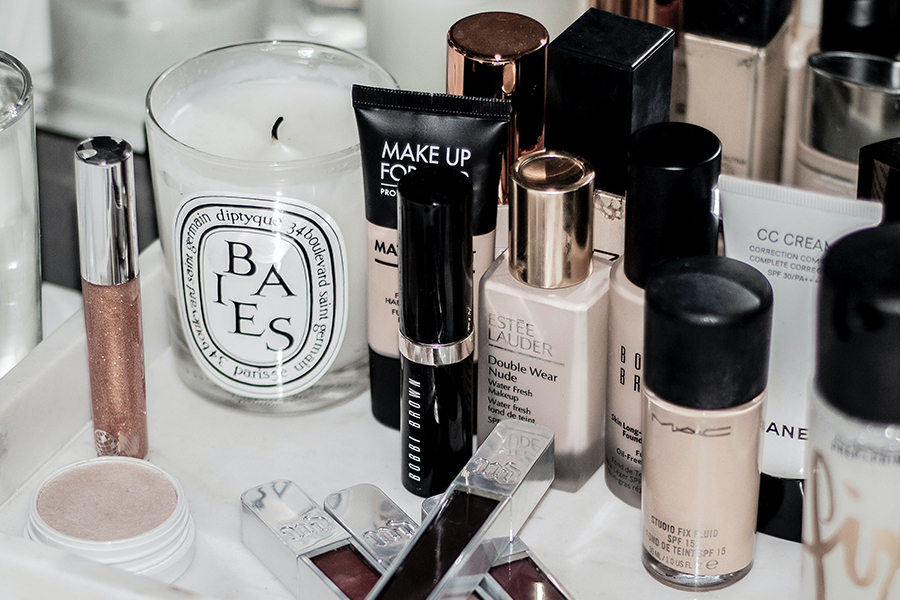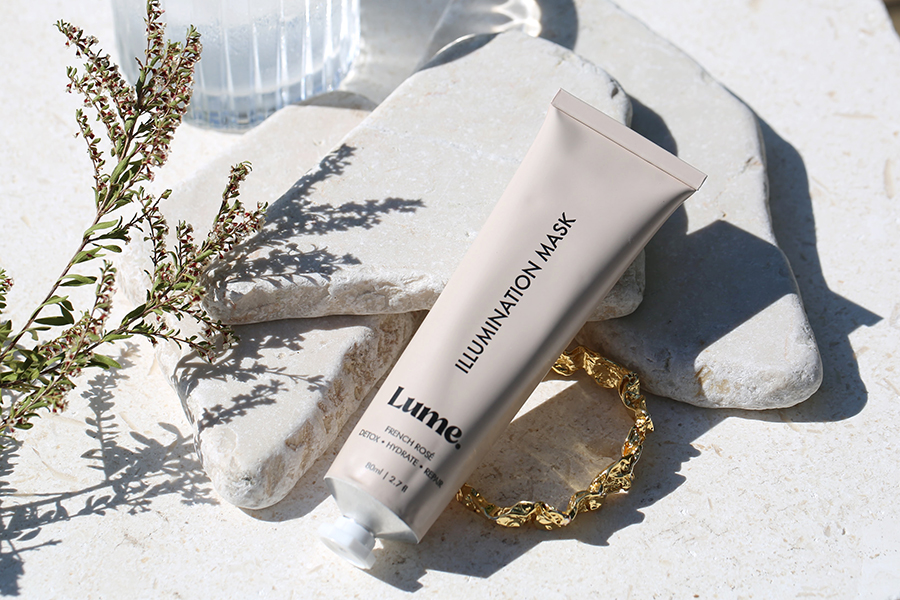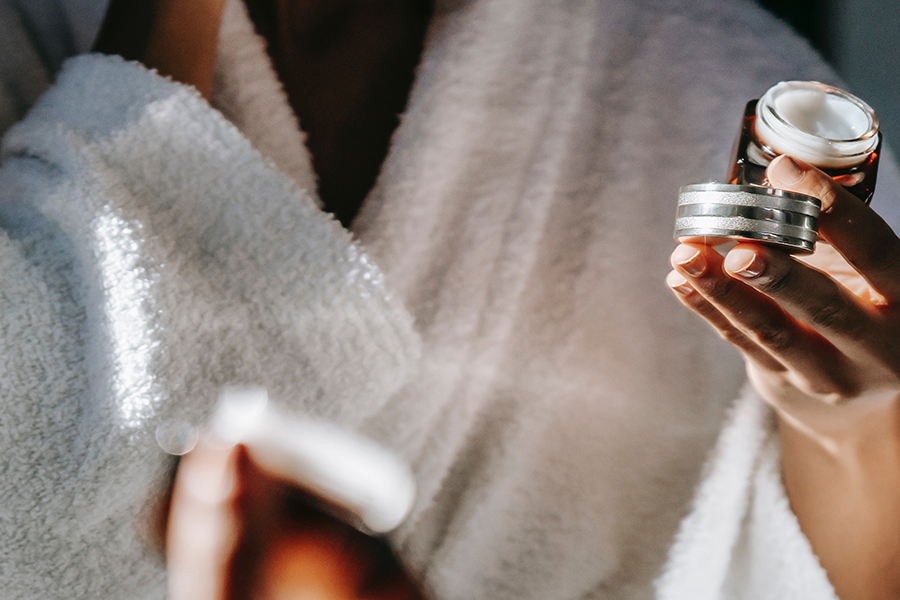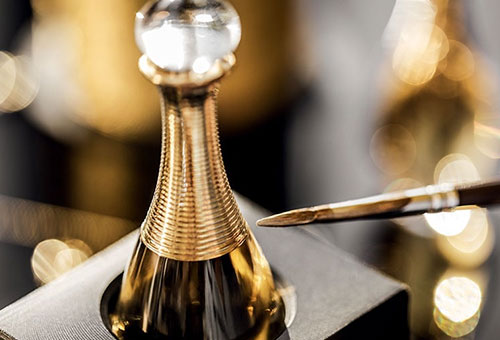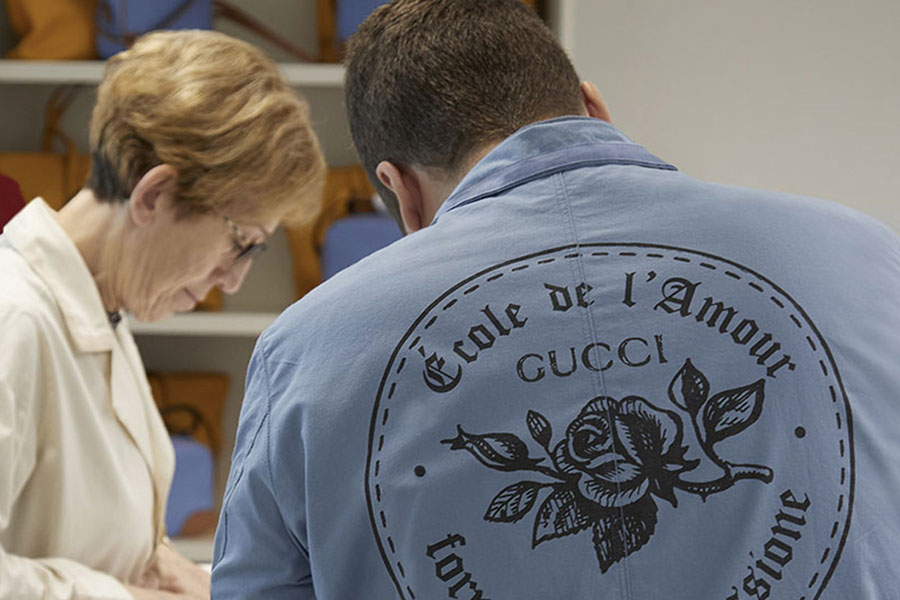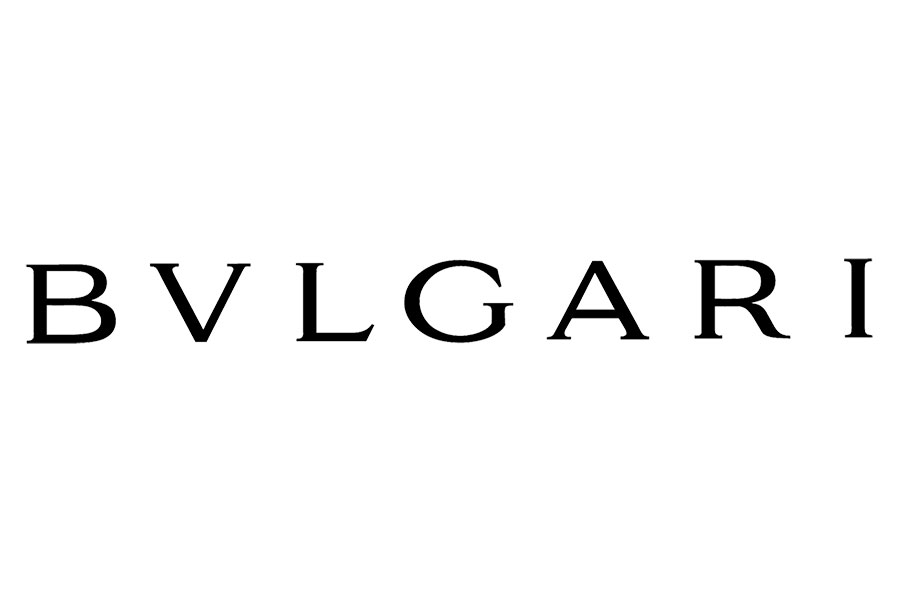Our product packaging roundup for the end of the year, where we go through some of the best products we’ve seen. They’re kinda random. But they’re cool.
Continue readingHow to boost your creative sense?
Believe it or not, creativity isn’t a light bulb that occasionally lights up unpredictably, it’s more like a muscle, not a skill. We were all creative as children: we invented invisible friends, wrote stories, drew monsters…However, as we grow up we focus our attention on challenges and problems of daily life, and our creativity is somehow affected.
Luckily, there are several techniques that help boost our creativity. Today we celebrate World Creativity Day and we’d like to show you some essential tips from Noland:
1. How limits and constraints can boost your creativity:
In terms of constraints, we can refer to two types: intentional constraints and unintentional constraints. Both can help feed our creativity.
In a BBC Ideas article, Professor Catrinel Tromp, a cognitive psychologist specializing in constraints, commented: “It’s a nice myth to think of creativity as a field of endless possibilities, the reality is that when people are faced with such a wonderful open field they can become paralyzed. Constraints are the anchors of creativity“.
Taking advantage of those everyday constraints or moments and putting them together in a way that doesn’t mean it’s novel, but actually has meaning for society and changes the way people see the world is possible.
Resilience comes when you have problems and challenges and that in turn nurtures new ideas.
Example: Pau Santa Pau, Member and founder of Noland Studio, took advantage of the imposed quarantine during the first wave of COVID by observing his environment and drawing a different area of his house – every day observing from another perspective.
Playing with different constraints can expand your imagination and enhance creativity.
2. How travel increases creativity
When we travel, exploration, discovery and surprise abound. Many studies show that travelling can increase your creativity and, by extension, make you more capable of solving problems and innovating.
If you can’t afford it, explore further out of your environment, look for alternative spaces, change your perspective and you’ll see how stepping out of your routine will sprout new opportunities that themselves may bring out different facets of yourself that may have been dormant due to repetition or habit.
Sometimes all it takes is an inspirational escape.
Example: Designer Stefan Sagmeister, in one of his TED talks, talked about encouraging his workers to take a sabbatical year off every few years to travel in order to reactivate creativity.

3. Enjoy the process and learn from it.
In design, a large number of processes and methodologies are followed as part of the development in a project. But acute observation within these same processes is essentially how many ideas are generated.
It has been demonstrated that the working rhythm of the human-machine is linear. It has a beginning and an end, and is results-based. In contrast, the rhythm of creative work is cyclical; sensitive, holistic and organic. It has its own rhythm.
Let yourself go, try and trust in the process, and don’t be so worried about the outcome of the final product. Nowadays we are too used to immediacy. Our very nature drives us towards fear and perfectionism.
In being able to enjoy what you do, the process becomes the reward.
Example: Picasso has always been faithful to an iron discipline of work in which he said that inspiration exists, but it has to find you working. In the famous documentary “The Mystery of Picasso” we can see him at work and see how work grows from nothing. What happens during the creative process? Innovation is in the process, not the event.
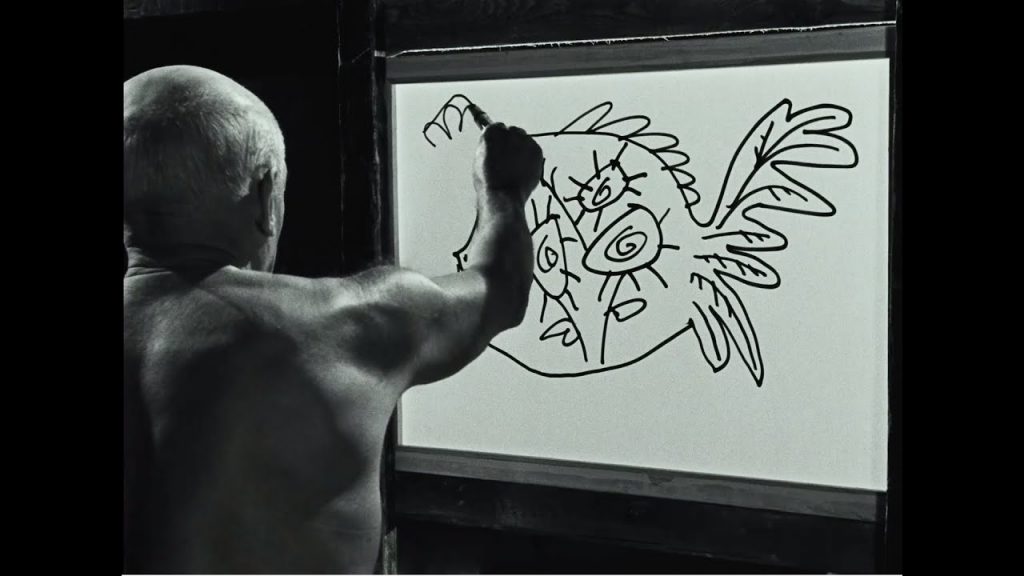
4. Best ideas come during the transition from wakefulness to sleep.
Between wakefulness and sleep, we reach the hypnagogic state, the most creative phase of the brain. These are known as “transition” moments; in which one is about to fall asleep but still retains some contact with the waking world.
It is recommended to write, draw, and write down all ideas that come to mind during this state because they could be useful later in your work. We can create, hear melodies in our own head, and come to conclusions that in a more lucid state we might not reach, imagine, feel, or appreciate.
Example: Edison slept with metal balls that woke him up when they fell from his hand, so he did not fall asleep deeply and was able to remember what he dreamed during that state; to take advantage of the creative opportunities that opened up in that phase.
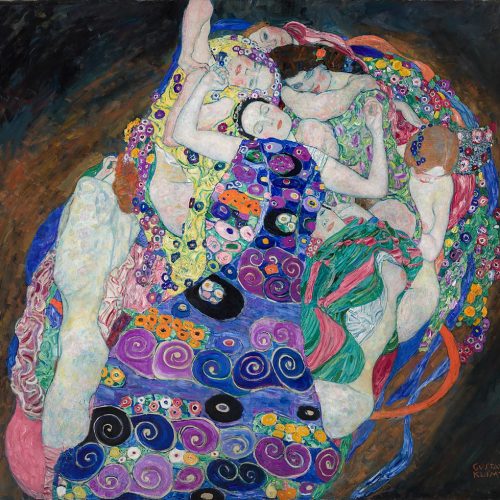
5. Observe, outwardly and inwardly.
To open our mind and perceive new scenarios, we have to observe carefully to know and understand the world in which we are in. Observing the environment, both our planet and its nature – as well as the artistic and cultural panorama – reveals new perspectives.
But it is not only important to observe our environment, we must also be able to observe our ideas from a certain distance. Observation is important in any production process, and in creative thinking it is important to know how to distance oneself from the idea, let it cool down and detach oneself.
Observation is the seed of every idea.
Example: Artist Mr Kitt Man spices up reality by adding a bit of fiction framed in yellow, with which he combats the grayness of boredom. The post-it notes with scribbles that tried to brighten up his office days jumped into the real world, to look for new possibilities, thus creating “The post-it days” in which he tries to change daily reality with one of the most everyday canvases in the world.

We hope we helped with these tips and you have a lovely, creative and innovation day.
From Noland to all creative minds around.
